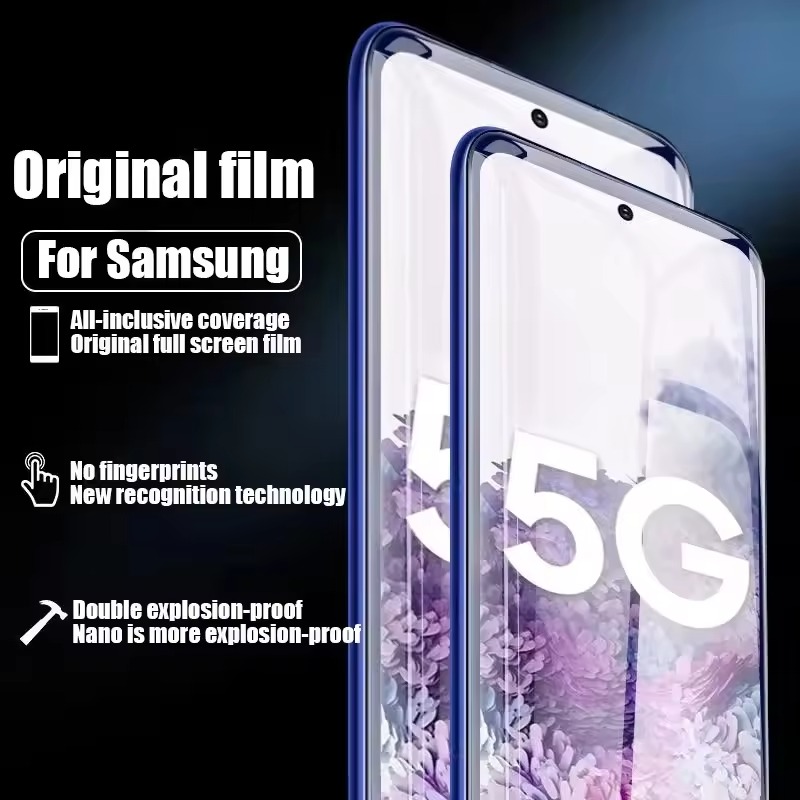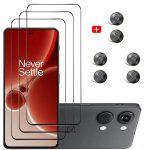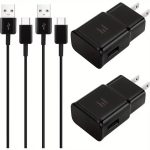Choosing the Right Screen Protector
Choosing the right screen protector is crucial for safeguarding your device’s screen from scratches and cracks. With various options available in the market, selecting the most appropriate one depends on your specific needs and device type.
Types of Screen Protectors
Screen protectors come in different types, each serving a unique purpose. Tempered Glass protectors offer superior protection and feel similar to the original screen. Plastic Film protectors are cheaper and thinner, but provide basic scratch resistance. Liquid Screen Protectors create a protective coating and are invisible, though they offer lesser impact protection.
Compatibility with Device
It is essential to ensure the screen protector is compatible with your device. A perfect fit covers the screen adequately without interfering with the device’s functionality. Check the specifications and model compatibility before purchasing a screen protector. This step will help avoid issues with sensor functions and camera obstacles, ensuring that you know how to install screen protector correctly and efficiently.
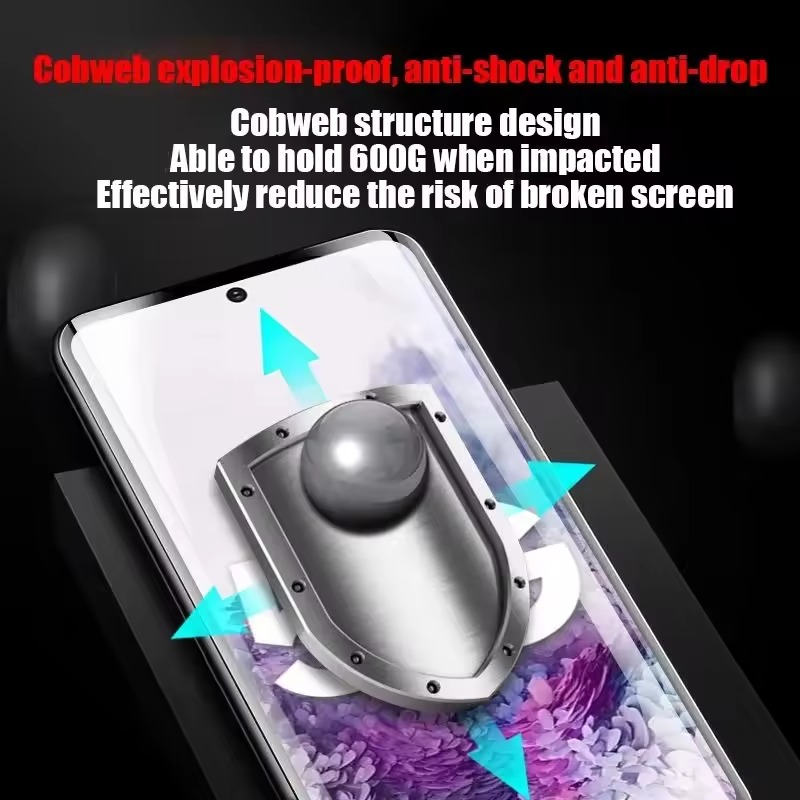
Tools Required for Installation
To ensure a smooth and successful installation of your screen protector, having the right tools is crucial. These items not only simplify the process but also help achieve a professional-looking finish without any unwanted bubbles or misalignment.
Microfiber Cloth
A microfiber cloth is essential for cleaning your device’s screen before applying the screen protectors. This cloth effectively removes dust, fingerprints, and smudges without scratching the screen. Make sure the cloth is clean and free from debris to avoid dragging dirt across the screen during cleaning.
Dust Removal Stickers
Dust removal stickers are incredibly helpful in picking up any remaining fine particles after you’ve wiped the screen with a microfiber cloth. These stickers ensure that even the smallest dust particles are removed, providing a pristine surface for the screen protectors application. Tap the sticky side gently on the screen surface to lift off dust.
Squeegee Card
A squeegee card assists in applying the screen protectors smoothly and firmly. It is used to push out any air bubbles that might form during the application process. Start from the center and move outwards with steady pressure to ensure no bubbles remain under the screen protector.
Preparing the Device
Proper preparation of your device is key before applying a screen protector. This ensures the application is smooth and the protection is effective.
Cleaning the Screen
Start by turning off your device. Use the microfiber cloth provided in your screen protector kit. Gently wipe the screen in a circular motion to remove all smudges, fingerprints, and oils. For stubborn residue, slightly dampen one corner of the cloth with water and go over the area again.
Ensure every part of the screen is perfectly clean before moving to the next step. This avoids trapping any particles that could cause bubbles under the screen protectors.
Dust-Free Environment
To minimize dust accumulation during the screen protectors application, choose a calm and dust-free area. Ideal conditions are found in less active rooms where air movement is minimal.
You can also slightly steam the room to weigh down dust particles. Use a bathroom or any small room where you can run hot water for a few minutes before the installation.
Ensure that all fans, air conditioners, and heaters are turned off during the installation. This reduces air movement and helps keep a dust-free environment. By controlling these elements, you’re more likely to install the screen protector without dust getting trapped underneath.
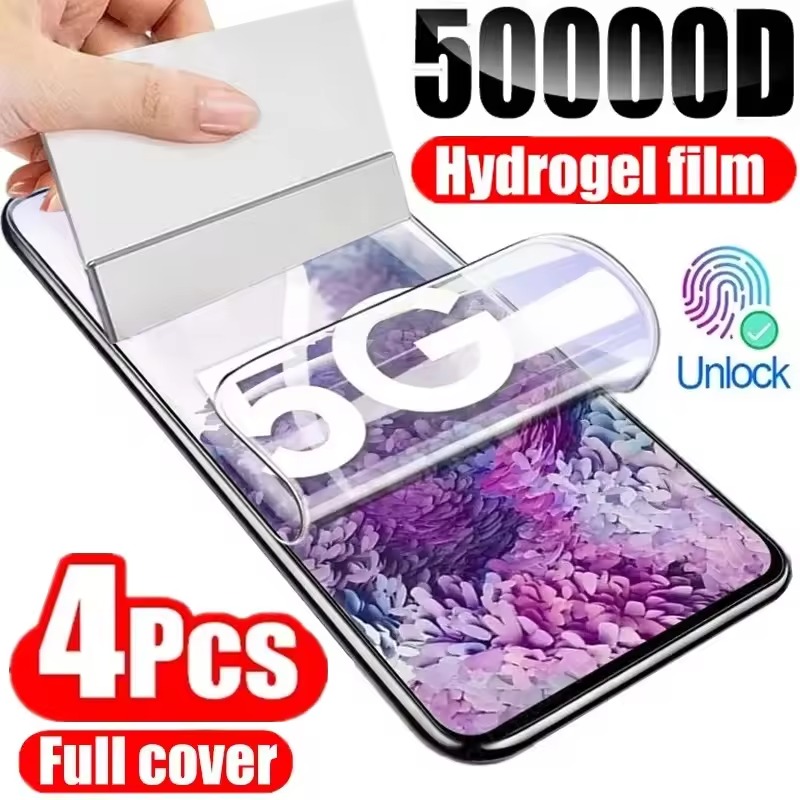
Aligning and Applying the Screen Protector
After preparing your device, the next step is lining up the screen protector precisely. This is crucial for functionality and aesthetics. The alignment must be perfect to avoid issues with your device’s responsiveness and to ensure that the screen protector does not obstruct any sensors or cameras.
Alignment Techniques
To align the screen protector, first peel back only a small portion of the protective layer. Align this exposed edge with the corresponding edge of your device’s screen. Look for alignment guides provided in your screen protector kit, such as stickers or a frame, to help with precise placement. Once you are satisfied with the alignment along one edge, gradually peel away the rest of the protective layer while smoothing the protector onto the screen.
Bear in mind that patience is key during this process. It is easier to make adjustments when only a small part of the protector is applied. If you make a mistake, gently lift the protector and realign it. Most screen protectors can be adjusted before they are fully adhered.
Applying Without Bubbles
The aim is to apply the screen protectors without trapping air bubbles underneath. Start from the edge you aligned first and slowly press the protector onto the screen. As you move, use the squeegee card to push out air from underneath the protector. Remember to move in one direction, from the inside out, to eliminate bubbles effectively.
If you do spot bubbles after applying the protector, do not rush to remove it. Often, they can be worked out by gently pushing them towards the nearest edge with the squeegee card. Applying moderate, even pressure with the card helps remove bubbles without damaging the protector or the screen.
Following these techniques on how to install screen protectors will help you achieve a bubble-free finish. A well-aligned and smoothly-applied screen protector not only looks good but also provides the best protection for your device.
Smoothing Out Bubbles
After aligning and applying the screen protector, you may notice some bubbles trapped beneath the film. These bubbles are common but can compromise the protector’s effectiveness and the clarity of your device’s screen. It is important to smooth these out to ensure the screen protector adheres properly. Here’s how to tackle them.
Methods to Remove Bubbles
- Use a Squeegee Card: Gently push bubbles to the edge of the screen with the squeegee card provided in your installation kit. Maintain steady pressure and work slowly to move the air out to the nearest edge.
- Apply Pressure: If a bubble is stubborn, apply firm but gentle pressure with the squeegee card directly on the bubble, moving towards the edge.
- Patience is Key: Smaller bubbles often work their way out naturally over time. If you cannot remove a bubble immediately, give it some time and try again later.
Always clean the squeegee card between uses to prevent dragging dirt across the screen protector.
Final Adjustments
Once all significant bubbles are out, pay attention to the edges and corners. Make sure the screen protector is flush against the device’s screen. Any slight lift can allow dirt to enter and can lead to more bubbles. If needed, gently lift the edge of the protector to reapply it. Use your fingers to smooth down the edges, ensuring the protector is secure.
Follow the guide on how to install screen protector carefully to enjoy a smooth, bubble-free screen. Remember that a well-installed screen protector will not only look great but will also offer the best protection for your device screen.
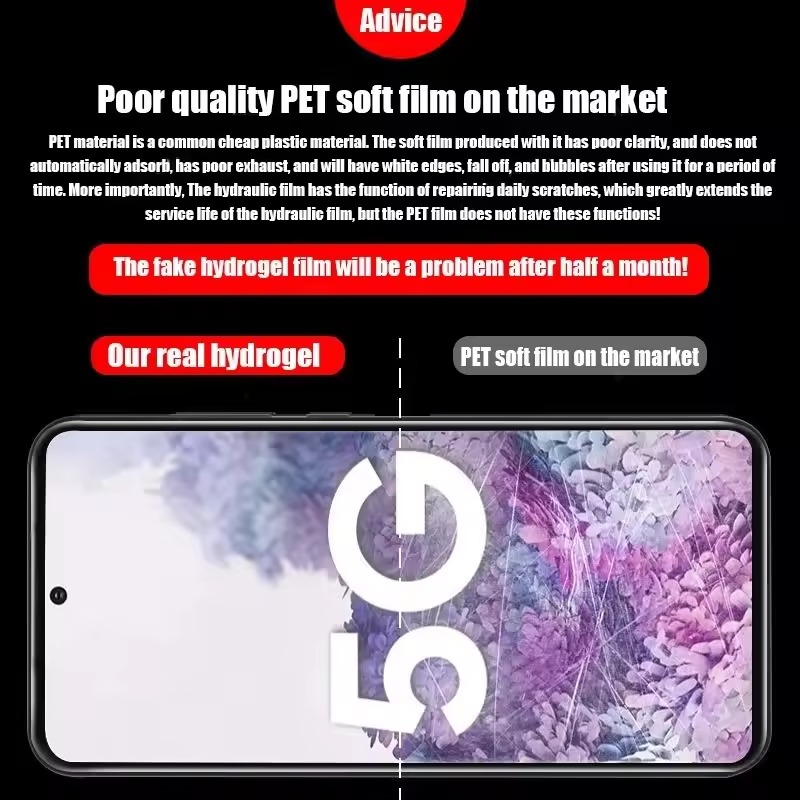
Post-Installation Tips
Now that you know how to install screen protector, let’s focus on maintaining it. Following these simple tips will help you care for your screen protectors and ensure longevity.
Caring for the Screen Protector
After you have successfully applied the screen protectors, proper care is essential. Keep the following points in mind:
- Clean Regularly: Use a microfiber cloth to wipe away fingerprints and smudges regularly. Avoid harsh cleaners that can damage the protective coating.
- Avoid Hard Objects: Keep sharp and rough objects away from the screen to prevent scratches.
- Light Touch: Use a light touch. Pressing too hard can cause the protector to crack over time.
Remember, taking care of your screen protector is taking care of your device’s screen.
When to Replace the Screen Protector
Over time, even the best screen protectors wear out and need replacing. Here’s when to consider a new one:
- Visible Scratches: Once scratches hinder your view or device’s sensitivity, it’s time for a new protector.
- Bubbles or Peeling Edges: If bubbles keep returning or edges start lifting, the protector’s adhesive may be failing.
- After a Fall: If your device drops, check the protector for damage. A cracked protector should be replaced immediately.
Staying vigilant about the condition of your screen protector guarantees your device’s screen stays pristine.
